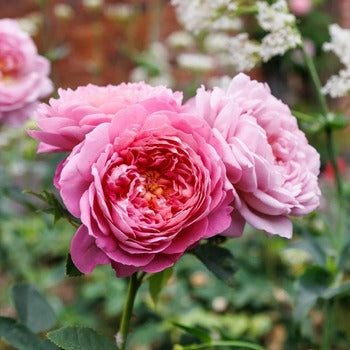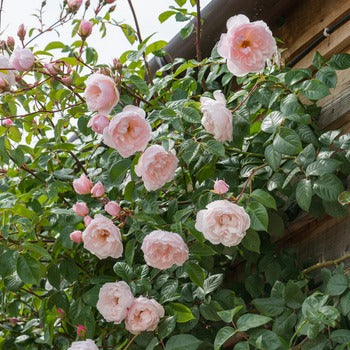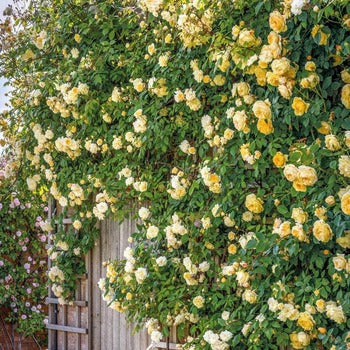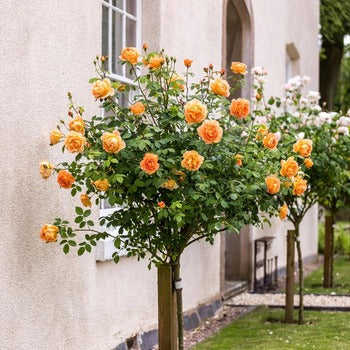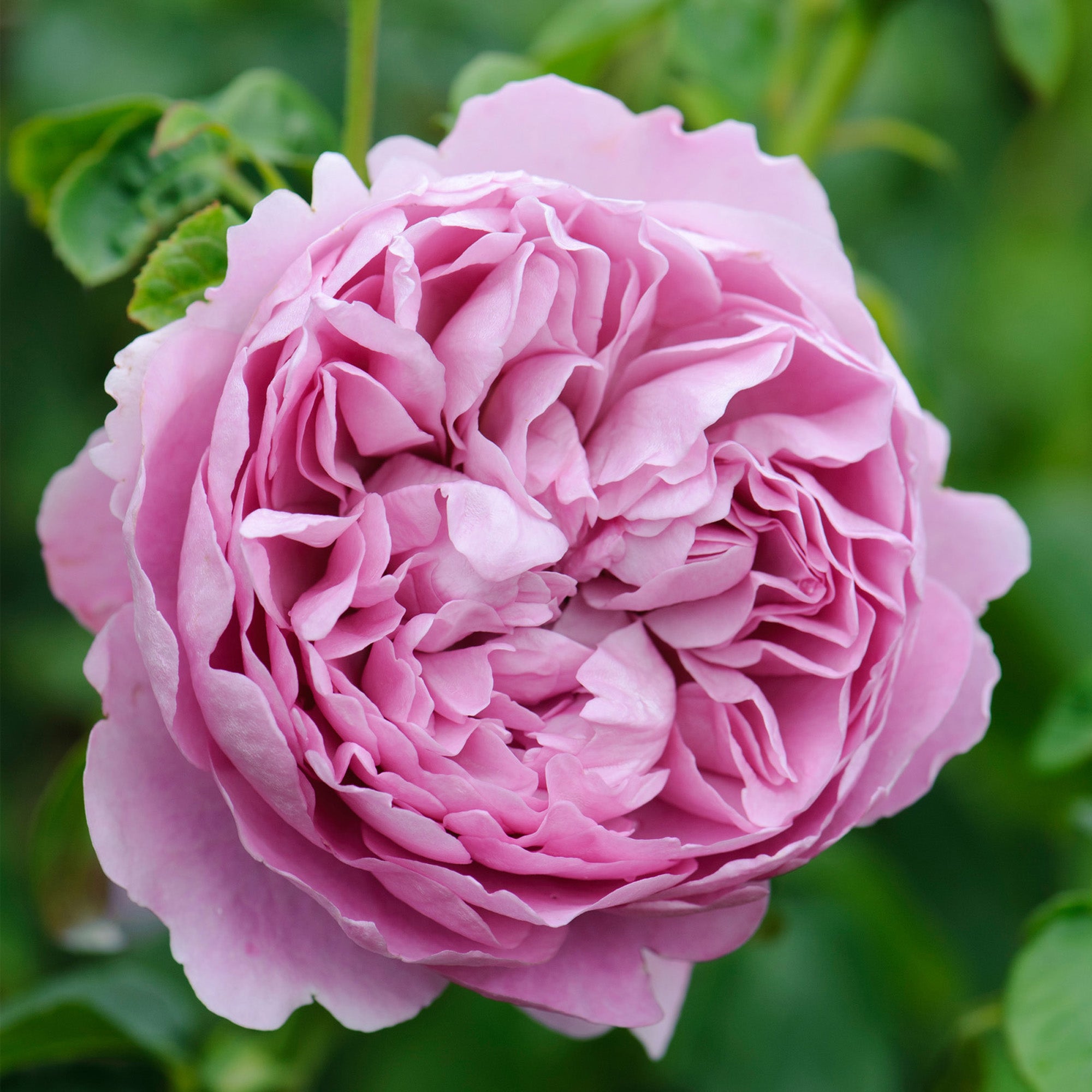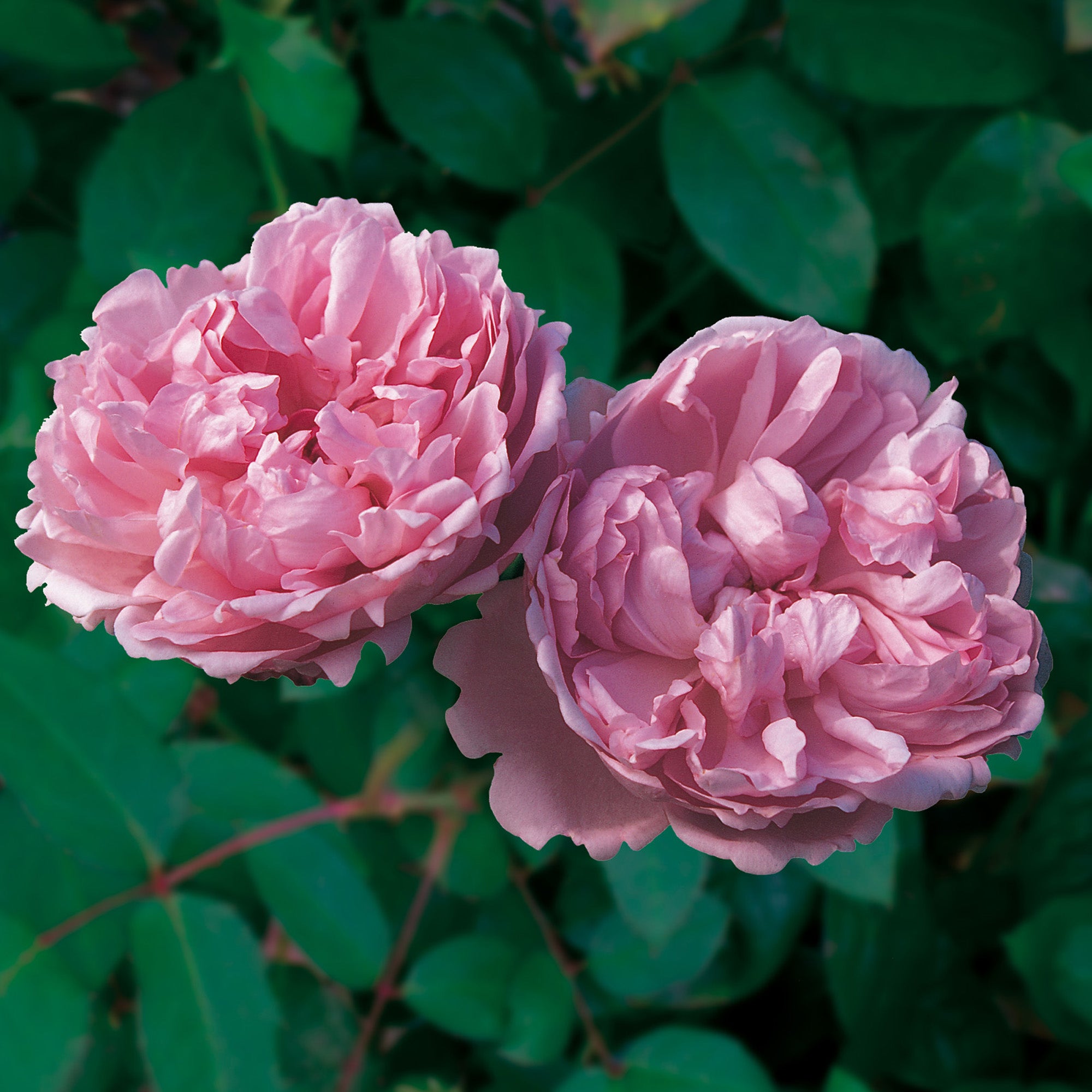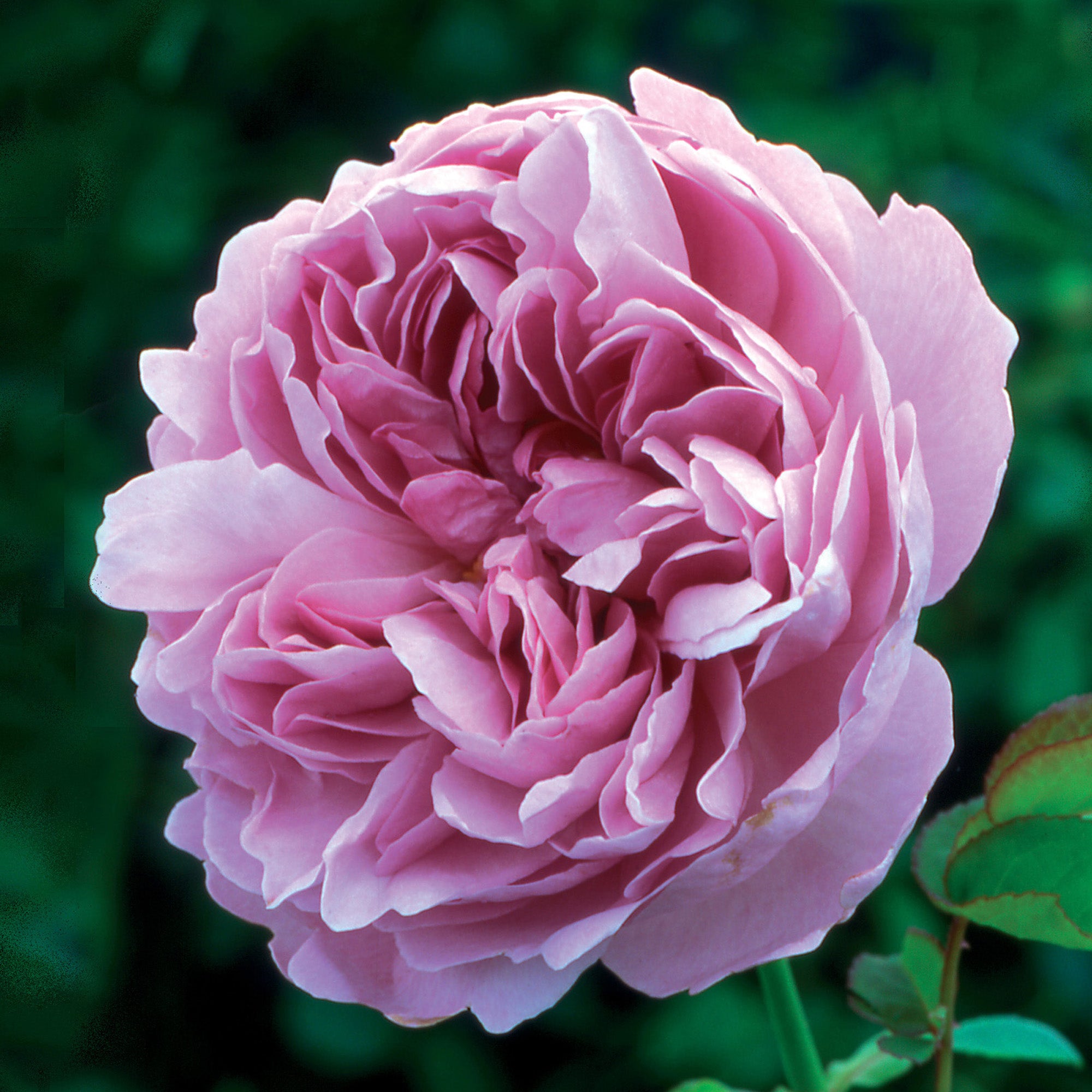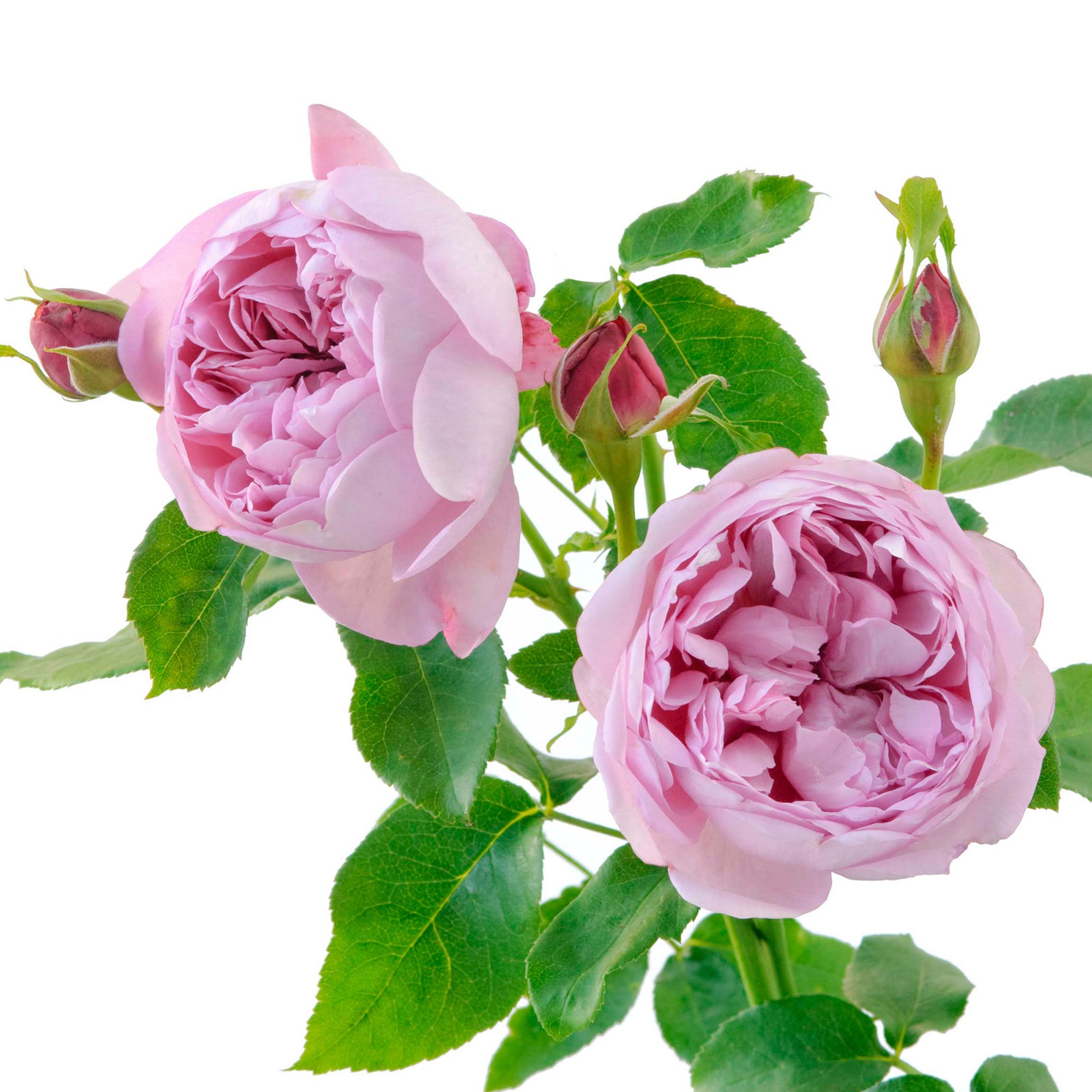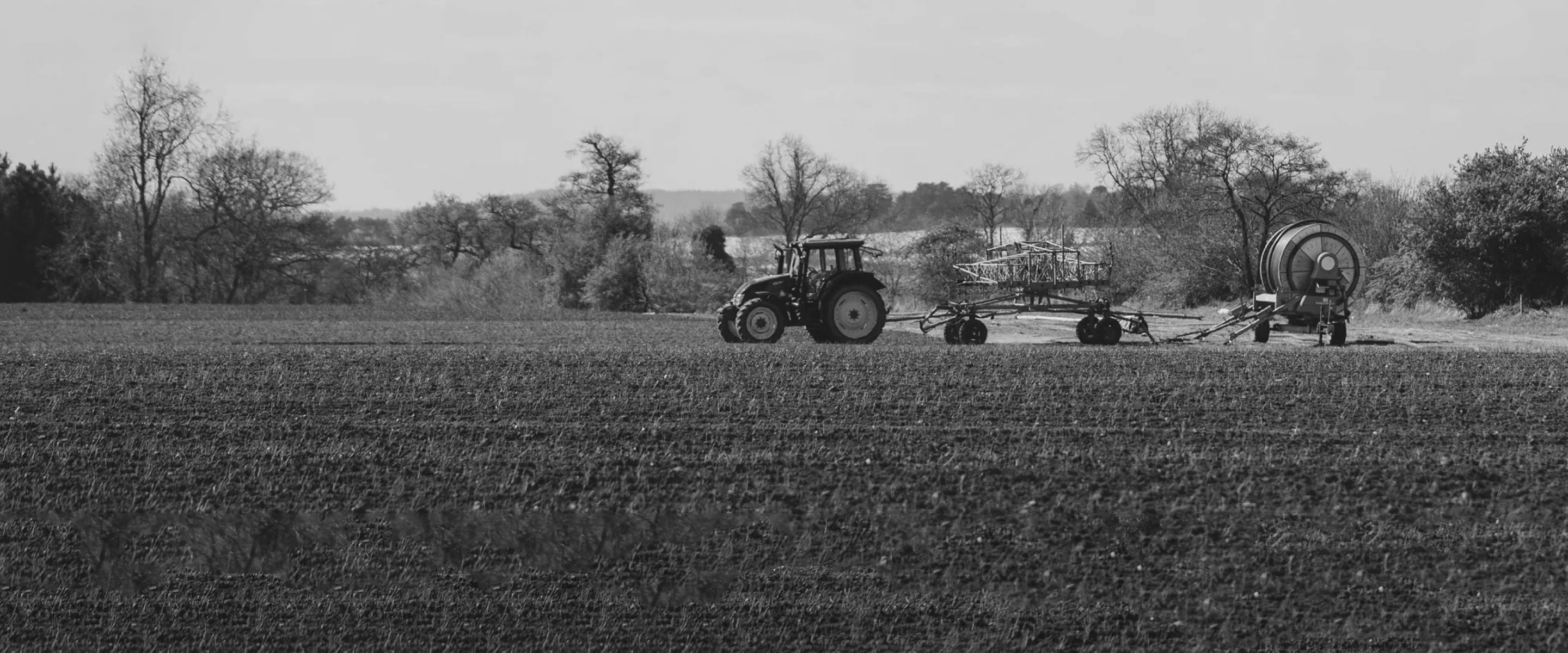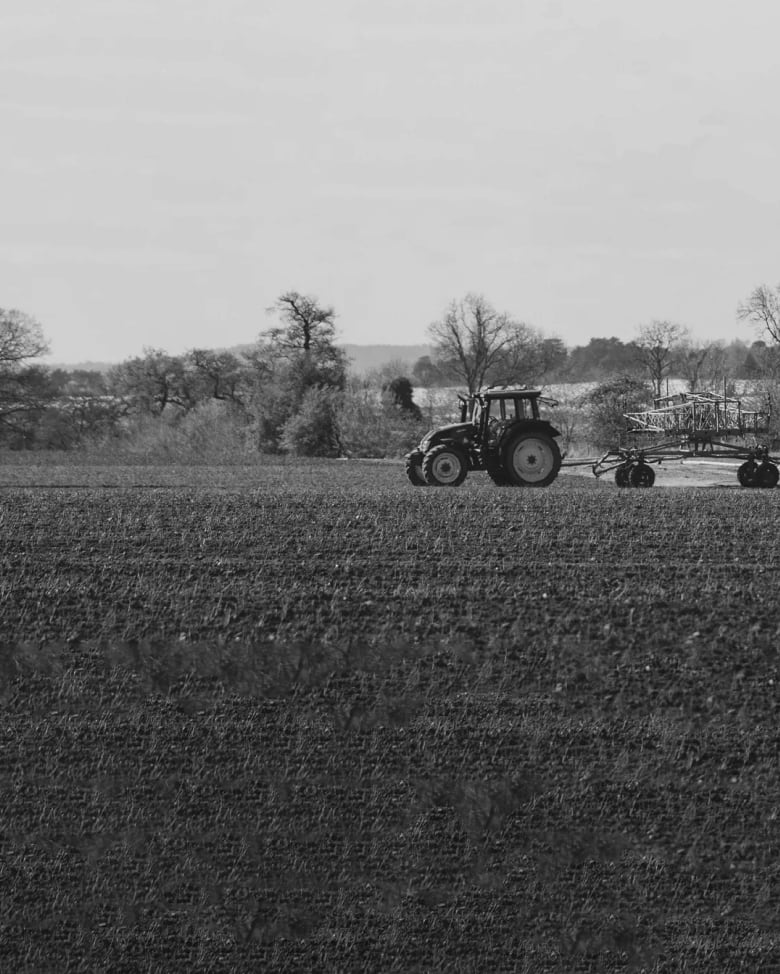Charles Rennie Mackintosh
Charles Rennie Mackintosh

- Under $25$9.95
- Over $25$16.95
- Over $75$24.95
- Over $125$29.95
- Over $175Free
*For orders to Alaska an additional $20 will be applied to the normal shipping rate.
- Colour: Soft lilac-pink
BLOOM COLOURColour may vary depending on growing conditions. Colour fade is a characteristic of some varieties.
- Flowering: Repeat Flowering
REPEAT or ONCE FLOWERING?REPEAT FLOWERING roses flower in flushes from late spring through to early winter. ONCE FLOWERING roses only produce a single flush of blooms lasting 3 to 4 weeks in mid summer
- Fragrance: Medium,Old Rose
- Bloom Size: Medium
BLOOM SIZE GUIDEBloom size varies over the life cycle of each bloom. Measurements refer to the average diameter of a bloom at its prime. LARGE BLOOM: 3.5-5" MEDIUM BLOOM: 2-3.5" SMALL BLOOM 1-2"
- Family: English Shrub Rose
- Size: Medium Shrub
SIZE GUIDEAll measurements are approximate 'height x width' and refer to a 3 year old established rose, pruned once annually, measured during the first flush of flowers in June.
- Height: 4ft
- Width: 3ft
- Breeder: David Austin
- Year of Introduction: 1988
- Suitable for zones: Zones 5-11
- Petal Count: 160 petals
 Mixed Border
Mixed Border Rose Border
Rose Border
 East, South, West Facing
East, South, West Facing Full Sunlight
Full Sunlight All soil types
All soil types
-
Bare root shrub roseView the full guide
-
Potted shrub roseView the full guide
Need more help? for individual help or advice, we encourage you to contact our friendly, knowledgeable team on 800 328 8893.
Bare root roses are dormant plants and can be planted November and April.
Potted roses are available all year round and can be planted at any time of the year.
Aside from extreme weather, roses can be planted at any time during the year. The extreme weather conditions that we advise against planting in are when the ground is frozen, water-logged or during a drought.
We take every care to breed, grow and deliver the best roses. If a rose fails to grow or arrives damaged, we will replace it free of charge. That’s the David Austin promise. If you would like to request a replacement or refund of a rose within the 5 year guarantee period, please complete our Returns form.

